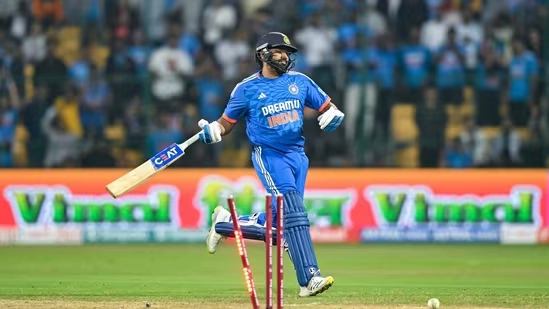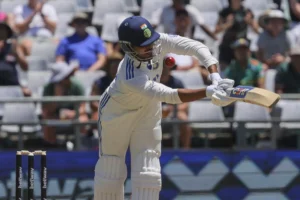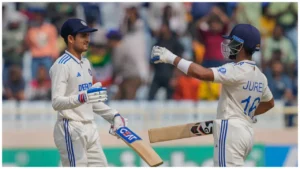
The outcome of the 3rd T20I clash between India and Afghanistan hinged on an unprecedented double Super Over – a first in international cricket history. Dispelling the notion that dead rubbers lack excitement, India and Afghanistan engaged in a nail-biting contest. Despite both teams posting 212 runs in the standard 20 overs and an additional 16 in the initial Super Over, no decisive winner emerged. This led to the initiation of a second Super Over. In a riveting and somewhat contentious sequence of events, India triumphed in a memorable T20I showdown.
For those seeking clarity on the who, what, how, where, and when, we’ve got you covered. While the infamous boundary count rule, notable from the 2019 World Cup final, was abandoned, the intricacies of the double Super Over rule might not be widely known. Join us as we unravel its nuances for a comprehensive understanding.
A bowler who has participated in the first Super Over is ineligible to bowl in the subsequent one.
The bowler who has already bowled in the first Super Over is ineligible to bowl in the second Super Over. This rule prevented Azmatullah Omarzai and Mukesh Kumar from taking the ball for the second Super Over, even though they had delivered commendable performances in the initial set of six deliveries, conceding a total of 16 runs. In the second Super Over, Afghanistan had to rely on Fareed Ahmed, who, despite giving away a six and a four initially, made a strong recovery to restrict India to 11 runs. Although the initial 12-run target didn’t seem insurmountable, credit goes to captain Rohit Sharma for a strategic move, introducing leg-spinner Ravi Bishnoi, who claimed two wickets in three balls, ultimately leading India to a historic victory.
What’s the reason behind the switch in batting?
In the context of Super Overs, the team that batted first in the regular 20 overs must bat second in the subsequent Super Over. This rule remains consistent for both Super Overs. Consequently, Afghanistan, having batted second in the initial 20 overs and equaled India’s score of 212/4 with their own 212/6, had to bat first in the Super Over. Conversely, as India batted second in the regular innings, it was expected for them to bat first in the initial innings of the second Super Over. In essence, when it comes to Super Overs, no team can consecutively choose to bat first or chase.
While the bowler is restricted from bowling, there is no limitation on the batsman’s ability to bat
It varies. According to MCC laws, a batsman dismissed in the first Super Over is ineligible to bat in the second. Prior to the Super Over commencing, both teams finalize a list of designated batters. If a batsman was listed for the first Super Over but didn’t bat or wasn’t dismissed, they retain eligibility for the second. If a player was retired hurt, they are allowed another opportunity. The decision by India to choose Sanju Samson over Yashasvi Jaiswal was a strategic choice, considering Jaiswal was unbeaten in the first Super Over. However, in the second Super Over, Rinku Singh batted as he had remained not out in the first, having replaced Rohit. The confusion surrounding why Rohit batted persists. The distinction between being retired and retired ‘out’ is crucial. If a batsman is retired, they can bat again, but if retired ‘out,’ they cannot. In Rohit’s case, he had ‘retired out,’ indicating he shouldn’t have batted. Nevertheless, he did, suggesting he may have retired to allow Rinku’s fresh legs to handle running between the wickets.
What happens if, by some extraordinary occurrence, the second Super Over also results in a tie?
In such a scenario, your speculation is as valid as anyone’s. The procedure involves proceeding to a third Super Over, and this process repeats until a definitive winner emerges. Last night’s match was the second instance of a Double Super Over, with the first occurring in the IPL 2020 clash between Mumbai Indians and Punjab Kings. While a triple Super Over has not been witnessed globally yet, considering the dynamic nature of cricket’s evolution, it’s unwise to rule it out. We may encounter it at some point; the timing, however, remains uncertain.



